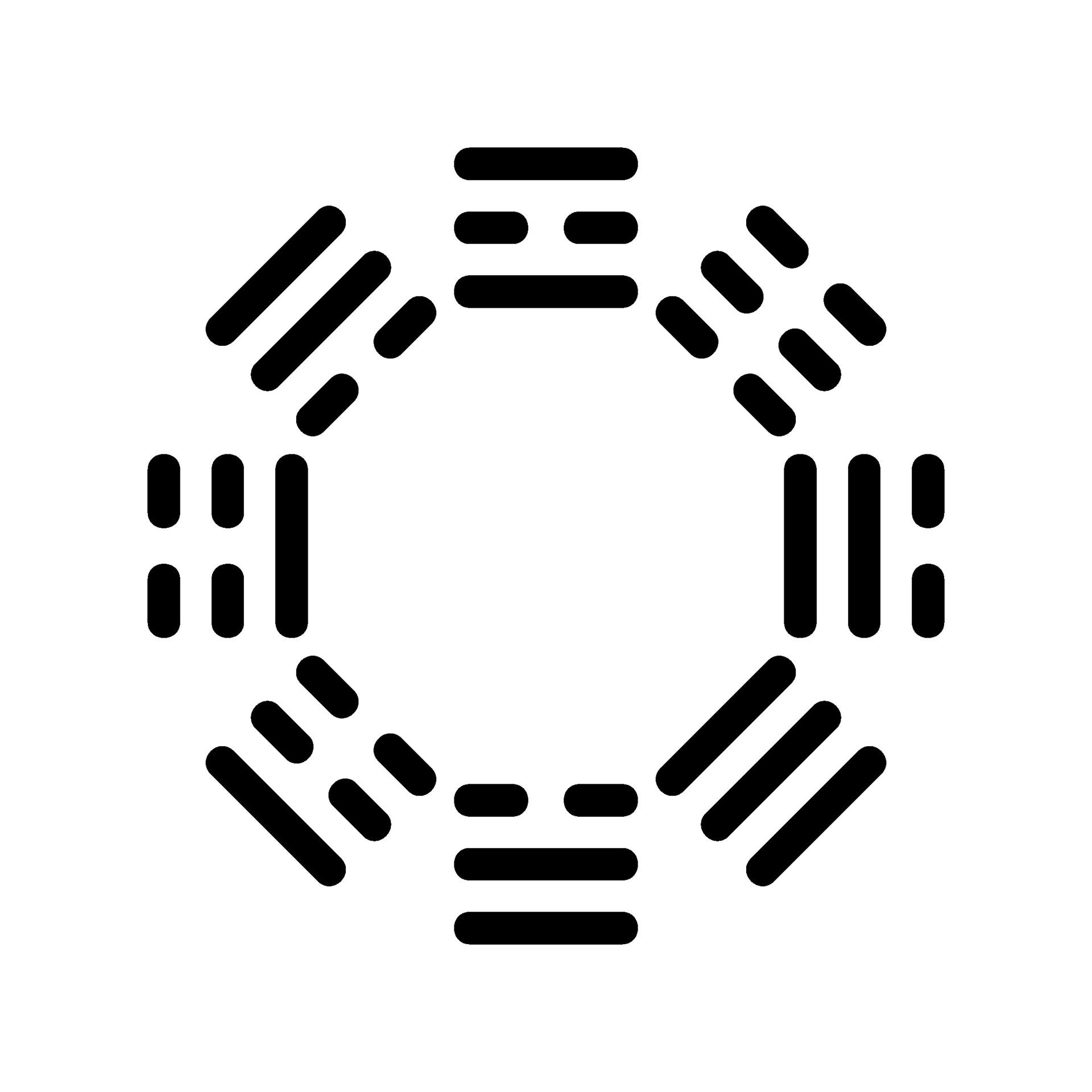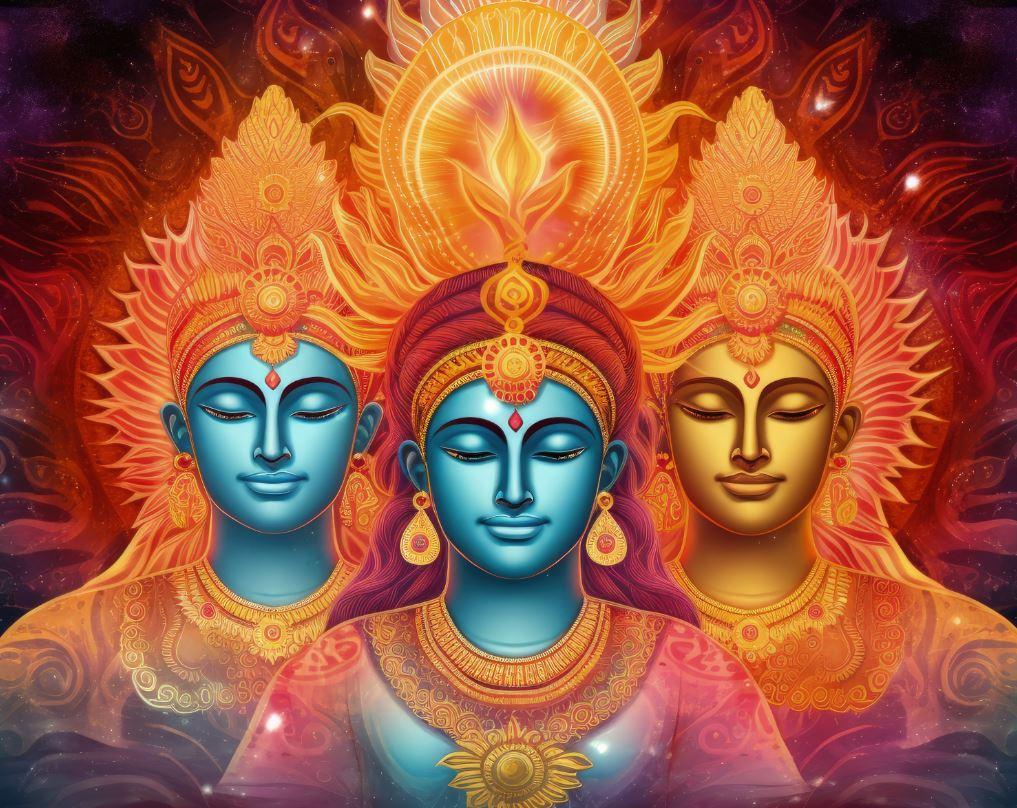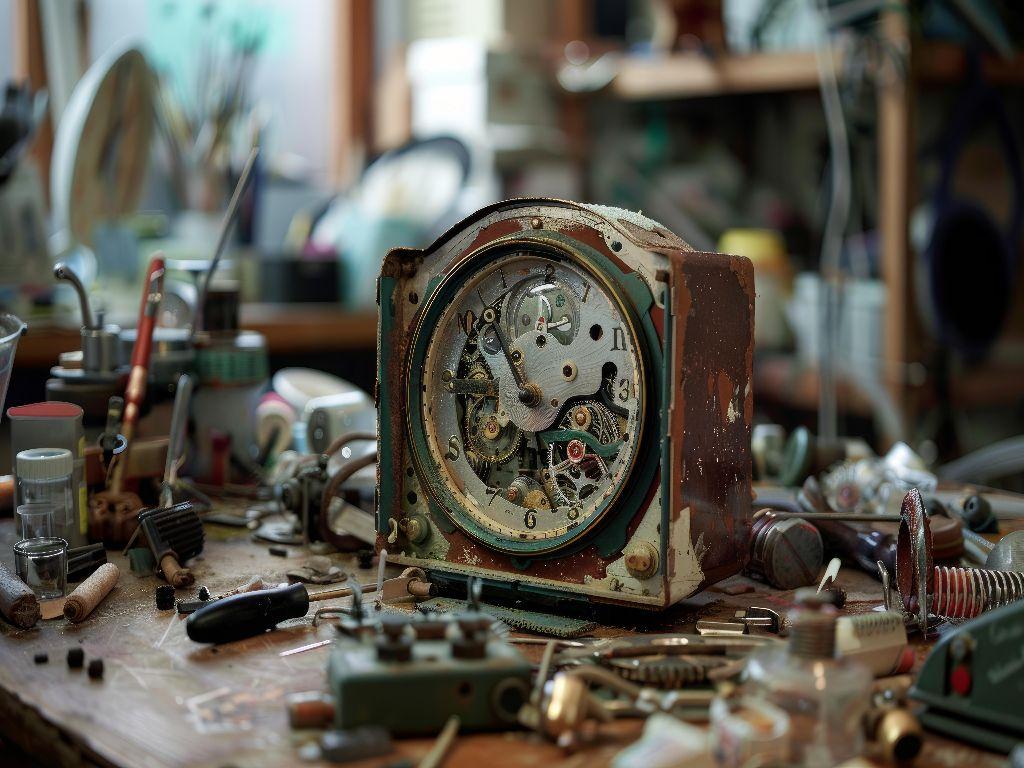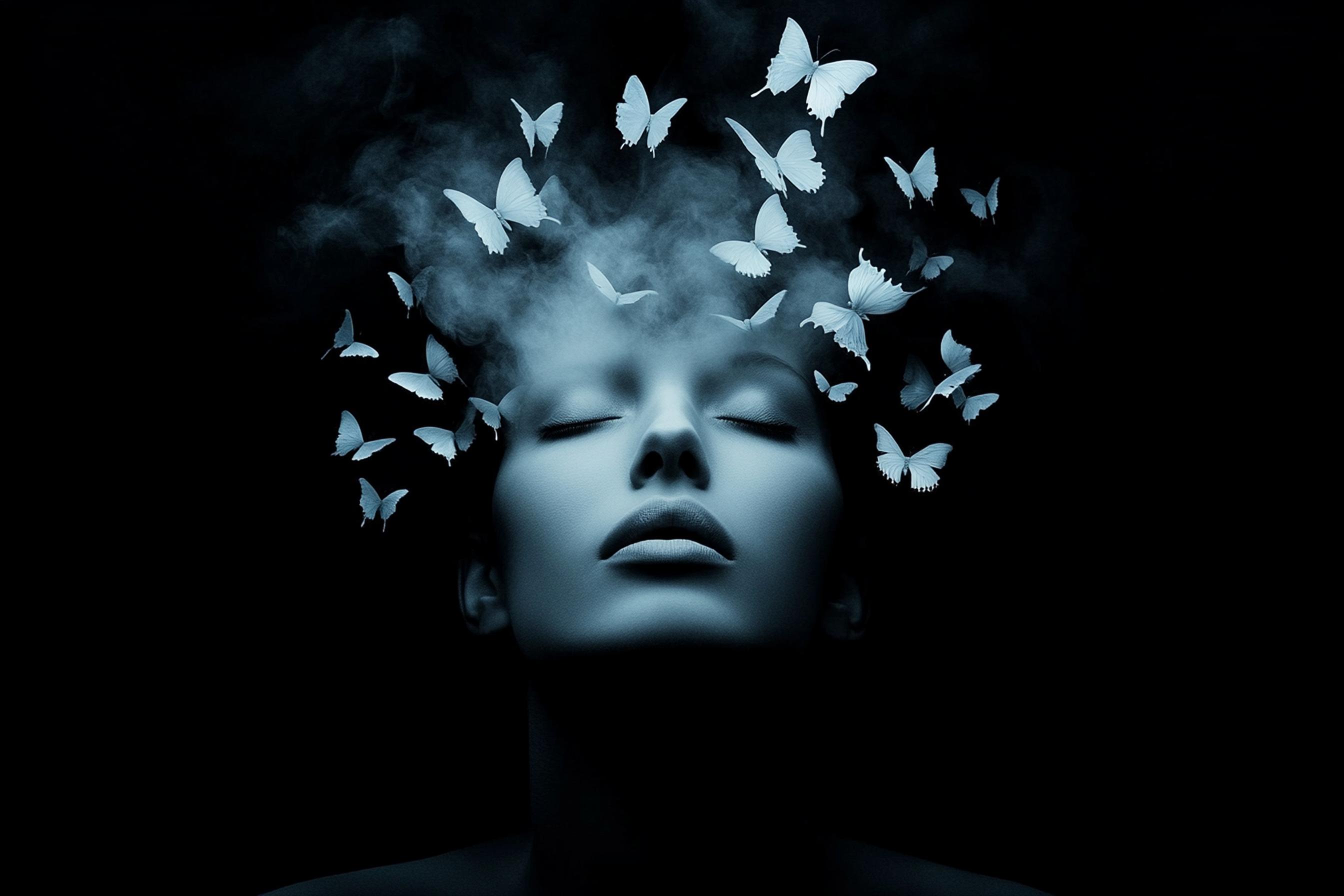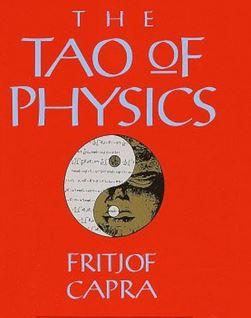
📘 What Is The Tao of Physics?
"The Tao of Physics: An Exploration of the Parallels Between Modern Physics and Eastern Mysticism" is a groundbreaking book first published in 1975 by physicist Fritjof Capra.
It explores how the worldviews of modern quantum physics and Eastern mystical traditions (like Taoism, Buddhism, and Hinduism) actually share deep philosophical similarities.
🌌 Core Idea
Capra suggests that both modern physics and Eastern mysticism arrive—via very different methods—at a non-dualistic, interconnected vision of reality.
He doesn’t say science is spirituality, but that they resonate on a symbolic and philosophical level.
🔬 Key Themes
1. Interconnectedness
-
Quantum physics shows that everything is deeply connected (particles influence each other across space).
-
Eastern mysticism sees all things as interdependent (e.g., Indra's net in Buddhism, or the Tao as the flow of all existence).
2. Beyond the Rational
-
Subatomic particles behave unpredictably, challenging classical logic.
-
Mystical insight also transcends rational categories—describing reality as paradoxical and beyond thought.
3. The Illusion of Separateness
-
In physics: particles are not isolated "things" but patterns of energy within a greater field.
-
In Eastern thought: the ego/self is an illusion, and true awareness sees unity in all.
4. Complementarity & Duality
-
Physics: wave–particle duality; light and matter can be both.
-
Mysticism: yin and yang, the interdependence of opposites.
🧘 Traditions Explored
-
Taoism – the flow of the Tao mirrors the dynamic, pattern-based view of matter in quantum field theory.
-
Zen Buddhism – the embrace of paradox and direct experience resembles quantum uncertainty.
-
Hinduism – the concept of Lila (divine play) and Maya (illusion) aligns with the fluid, unpredictable universe of particles.
📣 Why It Mattered
When it came out, The Tao of Physics was part of a cultural wave where science and spirituality were being reconsidered as complementary rather than at odds. It inspired many to see the universe not just as a cold machine, but as something mysterious, alive, and sacred.
It also paved the way for books like:
-
The Dancing Wu Li Masters (Gary Zukav)
-
The Universe in a Single Atom (Dalai Lama)
-
The Field (Lynne McTaggart)



